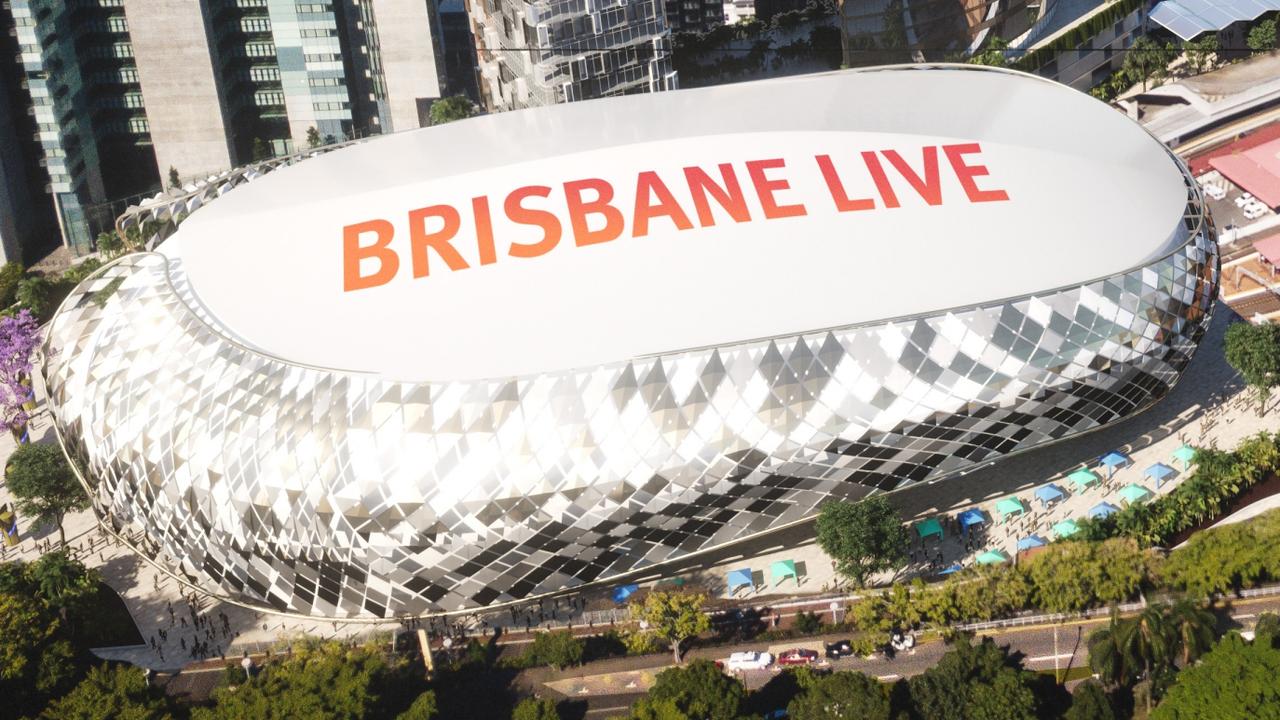Call for ‘special deals’ to lure private transport infrastructure builders
Business bosses have warned southeast Queensland risks grinding to a halt unless rail lines and bus routes are built to serve more than just the CBD – a year on from a groundbreaking report to get the region moving.
Future QLD
Don't miss out on the headlines from Future QLD. Followed categories will be added to My News.
BUSINESS, engineering and property bosses have warned southeast Queensland risks grinding to a halt unless rail lines and bus routes are built to serve more than just the Brisbane CBD, calling for special deals to lure private operators into building expensive but essential infrastructure.
A political deal is on track to supercharge public transport and help secure the 2032 Olympics for southeast Queensland in the shape of the City Deal but infrastructure insiders say, on the anniversary of a groundbreaking road map to end traffic gridlock, that more needs to be done.
Feds must fund Qld public transport: Trad
The National Faster Rail Agency, a funding commitment to explore Brisbane to Gold
Coast fast rail, and agreement to deliver an SEQ City Deal represent some of the big wins since the release of the SEQ People Mass Movement Study just one year ago, the study’s backers the SEQ Council of Mayors says.
It included calls for 47 prioritised projects, with a SEQ fast rail network as the lever to get commuters out of their cars before the southeast corner ground to a halt.
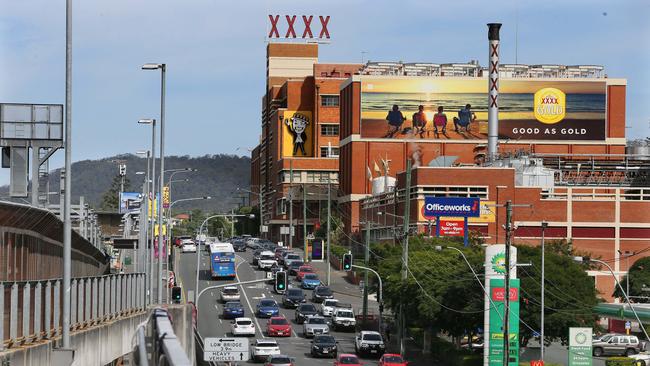
Council of Mayors chairman Lord Mayor Adrian Schrinner said the biggest step forward was the commitment to a City Deal, which is being thrashed out by local councils, industry, State Treasurer Jackie Trad, Federal Cities Minister Alan Tudge and Fairfax MP Ted O’Brien.
The City Deal would agree a timeline of essential roads, rail and digital infrastructure that would be removed from political self-interest.
“The biggest step forward is the commitment from all levels of government to work together, through an SEQ City Deal, to identify and deliver our long-term infrastructure priorities; without the politics,” Cr Schrinner said.
“We would like to see this bipartisan approach finally eliminate the unnecessary back-and-forth about funding splits and responsibilities and bring the focus back on getting projects underway.
“Seeing the national conversation around fast rail move forward was a huge win for South East Queensland.
“This was backed by Commonwealth funding to explore fast rail between Brisbane and the Gold Coast, building on the work already underway on the North Coast Connect business case.
“This is in addition to the $15 million already committed by the Commonwealth to investigate rail from Brisbane to Toowoomba.
“We also saw commitments to progress light rail on both the Sunshine and Gold coasts, and significant investments in improving the safety and efficiency of some of our major road corridors including the M1, Bruce and Mount Lindesay highways.
“We anticipate an SEQ City Deal with a strong focus on public transport which can pave the way for a successful SEQ 2032 Games proposal,” said Cr Schrinner.
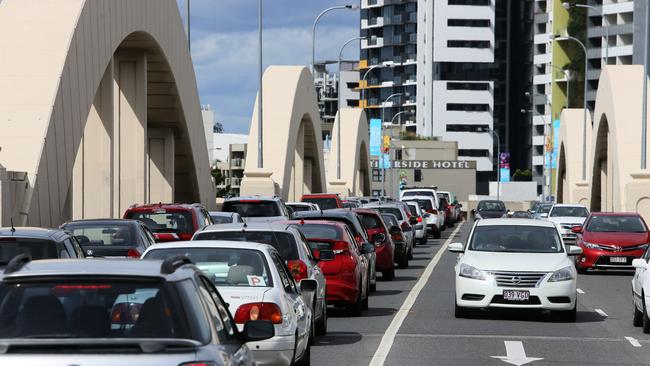
Achievements in the past year include:
- Establishment of the National Faster Rail Agency
- $8 million commitment for a fast rail business case between Brisbane and the Gold Coast
- Announcement of five Green Bridges across Brisbane, commencing with the Kangaroo Point to CBD bridge
- Progression of both the council’s Brisbane Metro and the State Government’s Cross River Rail projects
- Start of a detailed business case for Sunshine Coast Light Rail
- Start of a business case for the North West Transport Corridor
- Start on Gold Coast Light Rail Stage 3A
- Start on the Inter-Regional Transport Corridor (Coomera Connector)
- Funding commitments for removal of open level crossings at Coopers Plains, Lindum and Beams Road, Carseldine
- Funding commitments to improve the M1, Bruce and Mount Lindesay highways.
Industry representatives welcomed the moves but warned more must be done to get Queensland moving.
“It is excellent that this year we will see critical transport projects including Cross River Rail and Metro move into their major construction phase, Chris Mountford, Property Council Queensland executive said.
“However we know that the region’s population will continue to grow, and major transport projects typically take a long time to come to fruition.
“That is why it is so important that there is a long-term transport strategy that outlines the next wave of projects that will ensure our lifestyle and connectivity is not only maintained, but enhanced as the region continues to grow.
“With an Olympic Bid and SEQ City Deal on the agenda for this year, now is the time for all levels of government to commit to taking the necessary next steps to keep moving these projects forward.”
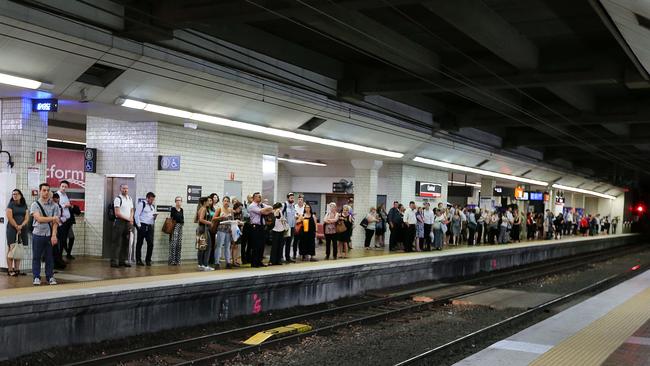
Infrastructure Association of Queensland chief executive officer Priscilla Radice said southeast Queensland needed more rail.
“In the 12 months since the last study, governments have made progress on Brisbane Metro, Cross River Rail, Gold Coast Light Rail Stage 3 and various Green Bridge links. Along with the SEQ City Deal, there has been good traction in getting projects underway, but more needs to be done,” Ms Radice said.
“Brisbane is a capital city with low levels of rail infrastructure. Without more investment we will struggle to handle our predicted growth and maintain liveability and competitiveness. Rail is the proven mass transit game changer - people get out of their cars for rail but it is expensive to deliver.
“If we want to have a first-class public transport system, we need to rethink how it is funded. “Opening opportunities for private sector investment where we combine corridor or precinct development rights with transport operating rights would be transformational for Queensland.”
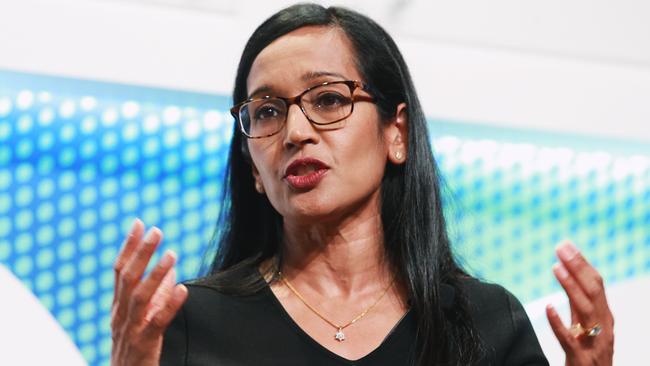
Springfield City Group managing director Raynuha Sinnathamby said the southeast needed to move past the current ‘all roads lead to Brisbane’ approach.
“Urban hubs are now becoming cities in their own right, bringing employment opportunities and attracting industries well beyond the Brisbane CBD. This decentralisation is vital to growing SEQ’s economy, and also reducing congestion on the key routes into the capital.
“In order to better distribute economic growth for everyone in SEQ, and at the same time minimise traffic issues, there needs to be long term planning for transport connectivity within broader SEQ, so economic value from residents, students, tourists and workers can flow throughout the Southern corner of the state with ease.
“Put simply, we need to make it easy for people to choose to live in the Redlands Coast and work in Springfield, or stay on the Gold Coast for their holiday and visit Brisbane. If we don’t do that, we’ll end up with a badly congested central CBD that few can afford to live near, and long queues of commuters driving in each day from the outer suburbs.”
The SEQ Council of Mayors proposed a Games bid to fast-track new roads and rail with a feasibility study which gathered momentum on the back of The Courier-Mail’s Future SEQ campaign.
In June, The Courier-Mail and sister SEQ mastheads officially backed the bid with front page editorials.
Premier Annastacia Palaszczuk in December announced Queensland was going for the 2032 Olympics and Paralympics, won over by projections showing billions of dollars extra would pour into the state economy and create another 129,000 jobs on the back of the Games.


